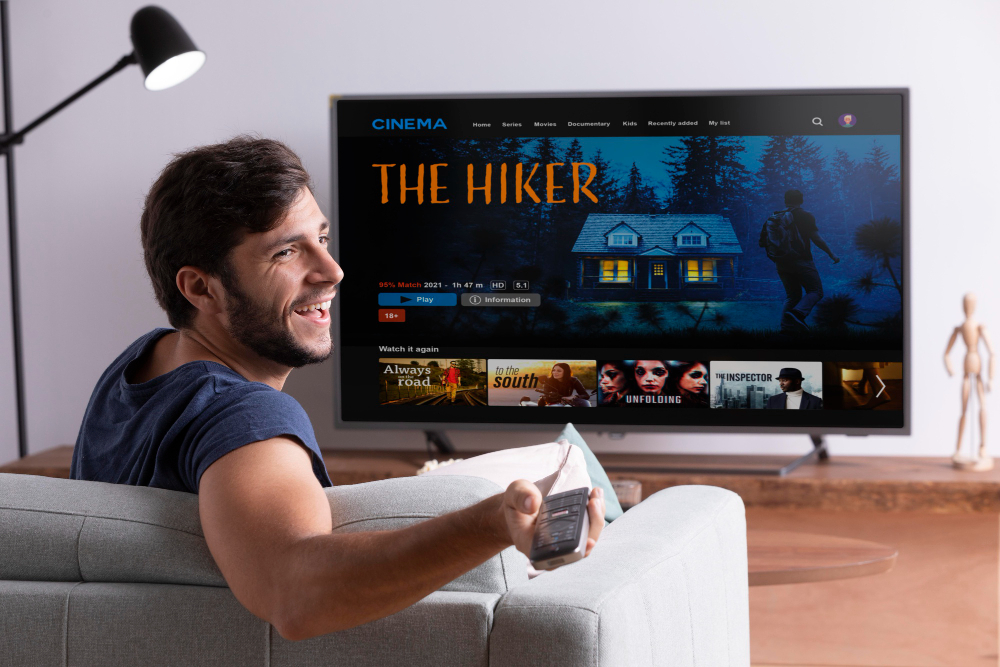Cutting the Cord: Is Cable TV Still Worth It?

Cord-cutting is a trend that has shaken the TV industry. Many consumers have ditched traditional cable in favor of streaming services, believing they can save money and gain more control over their entertainment. But is cutting the cord really the best option, or is cable TV still worth keeping?
The Myth of Saving Money
Many believe that dropping cable for streaming services results in major savings. However, with the rise of multiple streaming subscriptions (Netflix, Disney+, Hulu, HBO Max, and more), the costs quickly add up. In many cases, a well-rounded cable package provides more channels and premium content at a similar or even lower price.
The Streaming Overload Problem
One challenge of streaming services is that content is fragmented across multiple platforms. A show that was available on one service might suddenly disappear due to licensing changes. With cable, your favorite channels remain available year-round without surprise removals.
Live Sports and News: Where Streaming Falls Short
If you’re a fan of live sports, breaking news, or major events, cable TV remains the best choice. Streaming services often suffer from delayed broadcasts, making it difficult for sports fans to enjoy the game in real time.
Reliable, Buffer-Free Viewing
One of the biggest downsides of streaming is internet dependency. If your connection is slow, your show or game will buffer—or worse, cut out entirely. Cable TV offers a consistent experience, unaffected by internet slowdowns or outages.
The Best of Both Worlds
For those who enjoy the flexibility of streaming but value the reliability of cable, many providers now integrate streaming apps directly into their service. This allows you to switch between live TV and streaming without needing multiple devices.
Is cable TV still worth it? For many households, the answer is yes. If you want uninterrupted live content, a diverse selection of channels, and no buffering, cable remains a smart investment.